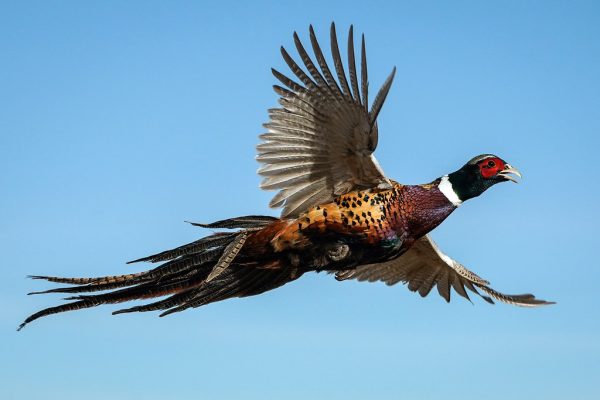The species of owl determines how long they live on average. In the wild, smaller, weaker species like pygmy and elf owls may only survive for three to four years. However, bigger species of owl, such as the great horned owl, may live up to 15 years in the wild and longer in captivity.
An owl’s food is one thing that influences how long it lives. Owls are carnivorous creatures that mostly eat other birds, small mammals like rodents, and sometimes amphibians and reptiles. There are no vitamins or minerals in an owl’s diet that may help shield them against sickness or disease. Nonetheless, individuals may preserve their health for the rest of their lives provided they eat consistently.
The loss of habitat brought on by human activities is another reason. Owls lose a large portion of their natural habitat when forests are destroyed by urbanization and deforestation, which affects their capacity to live in the wild. Their lifespans are further drastically shortened as a result of finding it harder for them to obtain partners, food, and shelter.
What affects the lifespan of an owl?
There is no one correct answer to this question since owl lifespans vary depending on a variety of variables, including species, food, and habitat destruction. Due to these several circumstances, smaller owl species, such as pygmy and elf owls, may only survive three to four years in the wild. Larger owl species, such as great horned owls, on the other hand, may survive up to 15 years in the wild or longer in prison.
An owl’s nutrition is one major component that influences how long it lives. Owls are carnivorous creatures that mostly eat small mammals like mice, but they may also sometimes eat amphibians and reptiles in addition to other birds.
Do owl species differ in Age?
No, the lifespans of different species of owls differ. While some owls only survive a few years, others may live for many decades. In contrast to other bird species, owls often have rather lengthy lives. Actually, owls are among the birds that live the longest lives on Earth. For instance, it is known that the great grey owl may live up to 21 years, whereas the snowy owl can live up to 28 years. Other owl species with extended lifespans include the northern spotted owl and the Eurasian eagle-owl.
Which owl is the oldest known to exist?
There are several distinct owl species, each with a unique lifetime, hence there is no one correct answer to this question. Having said that, the great grey owl and the snowy owl are two of the oldest owl species ever discovered. While the great grey owl may live up to 21 years, snowy owls have been reported to live up to 28 years. Other owl species with extended lifespans include the northern spotted owl and the Eurasian eagle-owl. All things considered, owls are renowned for their lengthy lifespans; many of these incredible birds may survive for many decades or even over a century.
What causes an owl’s lifetime to be shortened?
An owl’s life may be shortened by a variety of causes, such as pollution, infectious illnesses, habitat degradation, shooting, and poaching. For instance, owls may have trouble locating the supplies they need to survive if they inhabit an area with limited food sources or fewer places to build nests. Similar to this, owls who are killed or stolen for their feathers and other components would not be able to survive as long as they are because of more stress or wounds.
In addition, owls may suffer harm to their habitats or internal poisoning as a result of pollution from sources such as industrial waste, insecticides, and fossil fuel emissions. Finally, if owls are unable to develop the necessary immunity, infectious illnesses like the avian flu may be fatal. An owl’s longevity may be influenced by a wide range of conditions, so it’s critical that we shield these incredible creatures from harm so they can live long healthy lives.
What is the lifetime of owls in relation to other bird species?
Compared to many other bird species, owls often live for many decades or longer. Their big bodies flat faces and round heads are adaptations that help them preserve energy, and these factors together account for a considerable portion of their sluggish metabolic rate. Nonetheless, a variety of things, including pollution, infectious illnesses, habitat loss, hunting and poaching, and human activity, may reduce an owl’s lifetime. To ensure that owls have long, healthy lives, it is crucial that we take action to shield them from these dangers.
Final Thoughts
Although owls are intriguing animals, many of them have limited lifespans because of things like habitat loss brought on by human activities and inadequate diets lacking essential vitamins and minerals. But some bigger species may survive up to fifteen years in the wild if they can locate consistent food sources and appropriate habitats where they can mate and nest securely without worrying about being disturbed by people or other predators. Therefore, even though there is still much to be done to conserve these stunning raptors, there is still hope that we may be able to increase their lifespans so that future generations can see them for themselves!






